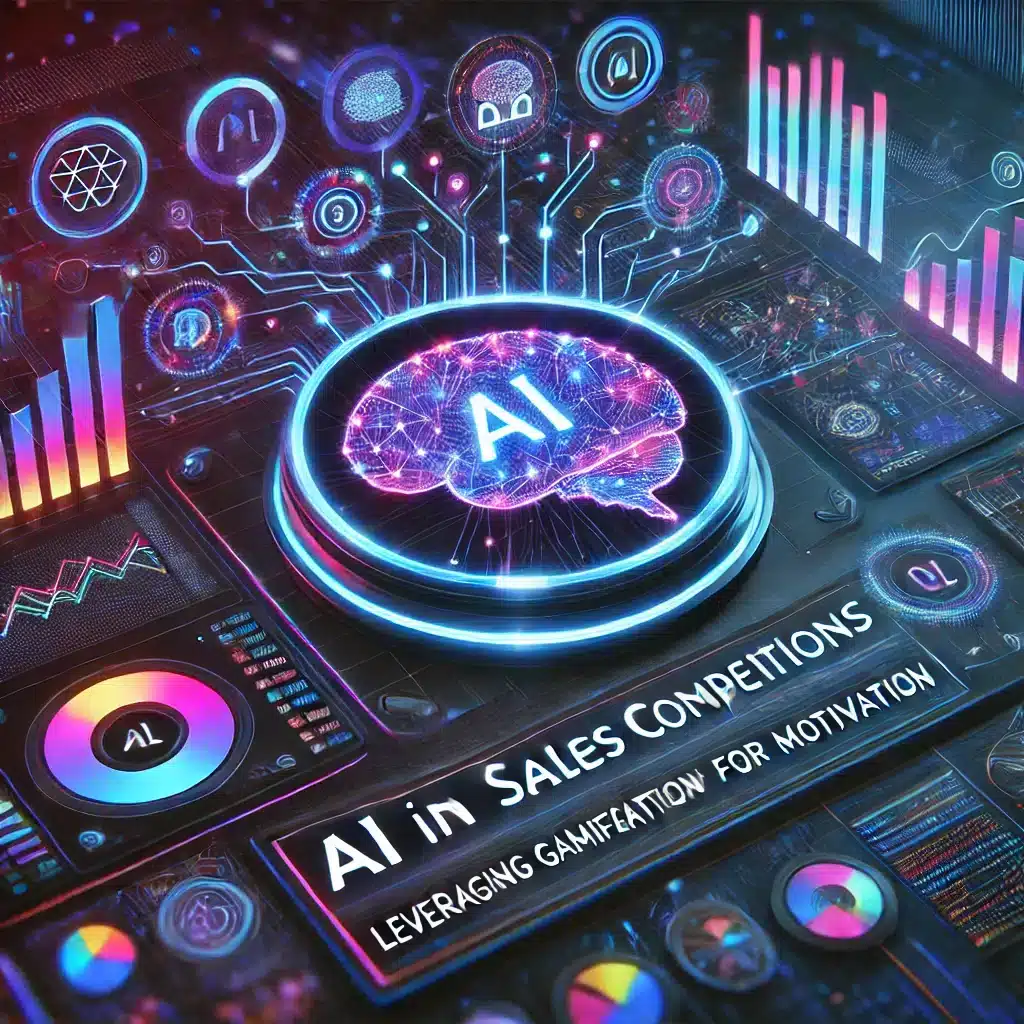Today, banking is no longer limited to balancing chequebooks or depositing money; it’s all about providing a complete experience to customers. Artificial Intelligence (AI) is the top runner when it comes to improving customer experience. While AI has been a buzzword in banking, it’s also fundamentally reshaping how banks engage with people. AI is increasingly being used by more banks to improve the customer experience, make operations run more smoothly, and more effectively meet the requirements of today’s clientele. So, let’s dive into how AI is changing the way customers engage with banking and where it might be headed in financial services.
Customer Engagement in Banking: How Exactly is AI Shaking Things Up?
So, what’s the big deal about AI in banking?
There are many perks of AI that seriously level up customer engagement in the banking world. The biggest advantage? Personalisation. Now, banks can use all the data they have on you–how you spend, what you search for, what you care about–to tailor their services to meet your needs. It looks at your habits and behaviours and makes suggestions about products or services that are right for you. Let’s face it: banks know that when you feel like they get you, you stick around.
And AI makes things move faster. There will no longer be waiting forever for simple answers. Chatbots, automated systems, help companies deal with customer questions and concerns real time, making support more efficient. Customers are happier when things move smoothly. It’s really all about speeding up responses and making everything feel custom fit to the individual, and so much more engaging.
How can AI make banking more personal?
Customers now interact with their banks in an entirely different way because of AI. Banks are always “open” thanks to tools such as chatbots and virtual assistants. This means you can get help 24/7, and you don’t need to wait for business hours. With AI, you can check your account balance at midnight or get loan information first thing in the morning. And this always-available support gives the experience a much more personal and responsive feel.
On top of that, AI can quickly sift through a tonne of data to predict what you might need next. If you’re always inquiring about savings accounts, then AI can pick up and suggest investment options or any other products according to your financial goals. In a good way, your bank is reading your mind as they basically have your back when it comes to managing money.
What challenges come with AI in banking?
But now, AI isn’t all rainbows and sunshine for banks wishing to adopt it. I wouldn’t pretend there are none but there definitely are some hurdles to clear. To begin with, many banks are still using legacy systems that weren’t designed to accommodate modern AI technology, making it a real pain to integrate AI with these legacy systems, limiting progress and hindering the ability to deliver that seamless customer experience that everyone is trying to achieve.
But there’s also the matter of data privacy. With customer data at its core, AI has a big responsibility. In an age in which security breaches seem to be making headlines every day, banks have the duty to make sure that all this information is protected. It’s a tricky tightrope to walk to balance the benefits of using AI with the need to protect personal information.
How are banks using AI to improve customer service?
There are a lot of cool things banks are doing with AI. Chatbots is one of the most popular uses of which helps customers to check their balance or apply for loans, etc. These bots can field a tonne of questions all at once, so people get a quick answer without waiting around for a live human rep.
Fraud detection is another big win for AI. AI can study real time transactions and detect that something is suspicious, and raise that flag before any damage is done. Having the bank constantly on the lookout for anything shady helps build trust with customers.
Which AI tools really impact customer engagement?
A bunch of AI tools are making waves in how banks interact with customers. For example, take personalised product recommendations. The algorithms that AI uses to study a customer’s behaviour and suggest the best-fit products make customers feel like the bank ‘gets’ them. Another good example is automated financial advisors or robo-advisors. From beginners to those who’ve been investing for years, these advisors use AI to provide you with personalised investment advice.
And there’s sentiment analysis, then. AI is helping banks to understand how people feel about them — whether that’s on social media or in reviews — and what they can do to improve. It enables banks to keep one step ahead by making adjustments to their strategy as they see how customers react in real time.
Which financial products are powered by AI?
But some of the coolest, most innovative financial products out there are also powered by AI. For example, AI-powered credit scoring systems use more than just what you’ve traditionally shared to evaluate your creditworthiness, like social media activity or online behaviour. It’s good news for people who might have been overlooked by traditional methods because it means more people can get access to credit.
Some pretty smart investment platforms are also being driven by AI. It analyses market trends and optimises portfolios (based on your individual goals and risk tolerance) using these tools. These platforms are for anyone, whether you’re new to investing or an experienced pro — they make handling your money simpler and more potent.
Can Banks Use AI to Enhance The Customer Experience?
AI isn’t just about robots and fancy gadgets; it’s about making things easier for people. With the use of AI, banks can actually become well acquainted with their customers. Rather than treating everyone alike, they can begin to use the data they’ve had sitting on their hands to personalise things. They can actually provide services or products that people want instead of guessing.
It’s not just about the tech, though. You need to get your team on board. If people don’t know how to work with AI, it’s worthless. Train your staff on how to use the insights AI gives them, and suddenly, they’re able to give great advice to customers. If they feel like you care, that’s what brings people back.
What Role Does AI Play in Banking Customer Needs?
AI is like having a smart assistant that’s always on the lookout for you. It’s not about just crunching numbers. With AI, we can see how customers are spending, saving, and what they’re doing with their money. It then offers personalised advice to someone: “Hey, maybe you should save a bit more it seems,” or “You’re almost there on your savings goal!”
And it’s not just advice. AI can flag issues early on. Low balance? AI’s on it. Upcoming bill? AI gives a heads-up. Basically, it acts as a reminder system of sorts to customers so that they’re not caught off guard by surprise payments.
But AI knows how to think outside the box. Banks can use it to identify gaps in the market, identify who they are missing, and then develop new products to onboard additional people.
How Does Customer Data Serve AI?
Without data, AI’s useless. Plain and simple. The more data a bank has to work with, the better AI can work. Banks can tailor everything to fit the needs of customers when they’re looking at customer behaviour, how they spend, how they save, how they invest. All this tech is about making banking more personal.
It’s not just the data; it’s how you use that data. Banks that can figure that out and work with AI and data together will have happier customers because it all feels less spammy and more relevant.
What is the Future of Banking with AI?
Banking is going to flip completely on its head with AI. Soon, customers won’t have to wait for banks to come to them with problems or questions. It will already know what they need and provide suggestions ahead of time before the customer even asks. All the time, it is about being proactive rather than reactive.
But AI is not going to be working alone. You’ll begin to see it working with other tech like blockchain and IoT. Imagine AI supporting blockchain transactions really securely or your smart home tech of the future helping you remember your financial goals via AI. There’s only the tip of the iceberg.
What other tech goes with AI in banking?
AI is cool, but it’s even cooler when you add in machine learning and natural language processing (NLP). AI can get better over time if we have machine learning. It gets smarter the more data it gets. Next up is NLP, which is basically how AI can understand human language better, so your chatbots don’t sound like robots but people.
Data analytics also plays a big part. Analytics makes sense of all the data that AI is sifting through so banks can decide on smarter decisions using that info.
How Can Banks Prepare for AI?
The first thing a bank should do is modernise its old systems. If you can’t do AI on your tech, you’re wasting your time. First, you upgrade your infrastructure to be ready for all the new stuff coming in.
Don’t forget about the people, either. Sure, you can throw all the fancy AI at the wall, but if your employees don’t know how to use it, what is the point? Train them, get them used to working with AI, and see everything begin to rise.
Besides, you should collaborate with fintech companies or tech providers that already have a head start on AI. This will save time and allow you to offer top-notch services sooner.
How Should You Use AI in Customer Engagement?
If you’re going to use AI as a customer engagement tool, figure out where you should use it first. Perhaps you’ve got a tonne of complaints coming in, or people are leaving your website without converting. If there’s a problem, there’s a good chance AI can help. You have to know what you want to fix before you jump in, though.
Also, get other departments involved. AI is not going to make a difference if IT, customer service and marketing aren’t all in. It’s up to everybody to make sure that AI is actually improving things for our customers.
Measuring AI Success in Banks: How?
You can implement AI, but how do you know it’s working? You have to monitor customer satisfaction, retention rates, and the number of personalised interactions.
Also, check out how AI improves day-to-day operations. Are transactions faster? Fewer mistakes? That’s a sign things are going the right way.
So also ask the customers themselves. It will tell you whether AI is making their lives easier or not.
Think Ethically about AI: What Stuff Should Banks Do?
It’s powerful, but it has to be used responsibly. Banks need to be transparent about how it’s using customer data and that it’s doing so in compliance with all the privacy rules. People can’t afford to not know their info is safe.
Bias is another big one. However, the data AI is trained on can sometimes contain built in biases that can be reflected in AI. But these decisions can be unfair, and so some groups could be denied loans.
Banks need to keep looking at their systems to make sure that AI isn’t reinforcing these biases and that everyone’s being treated fairly.




